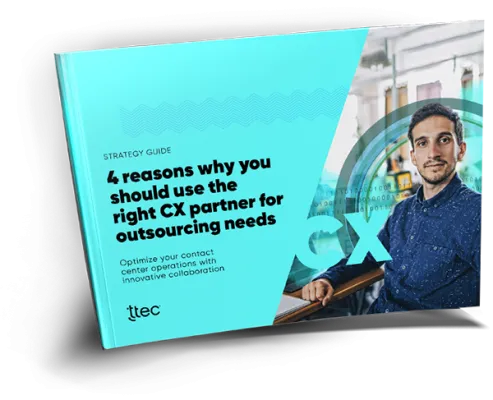Auto brands have a lot of information about their customers, but how often has the manufacturer of your vehicle really made you say 'wow?' I was surprised when my car recently alerted me to Mother's Day. It was two full days ahead of Mother's Day so I suspect the reminder was designed to help me remember the date and have enough time to buy a gift. Although it felt unusual at the time, it was only a reminder from a calendar - that's not really rocket science.
There are several ways in which auto brands can get smarter about their customer interactions. Engagement can be directed more through the use of predictive analytics to explore the customer data and create the next best action. The customer experience can be transformed from reactive - customer calling a contact centre - to proactive, where the auto brand has confidence in predicting what a customer might need at any time.
Predictive modelling can dramatically help to improve efficiency. Our team has worked with an auto manufacturer faced with budget reductions due to a slump in industry sales. As a result, the number of agents making outbound calls to schedule service appointments had to be reduced. By applying predictive models, TTEC could target calls to those customers with the greatest propensity to make an appointment, driving vast improvements to outbound call efficiency and ROI.
That project resulted in a 25% increase in scheduled visits. It's not just about efficiency, it's also giving the customer the right level of care at exactly the right time and using the right channel. Using predictive analytics in cases like this leads to a far more personalised experience - the customer is more satisfied and the process is more efficient.
Take a look at the following customer journey, based on an existing BMW owner and starting when they initially browse the website, looking for options and ideas. I have a graphical version of this story that I often use when talking to people about the opportunities for predictive analytics in the auto industry - it's visible all the way through the customer journey.
- Allison is back on the website for the 3rd time, configuring her BMW X3. This time she requests a quote.
- Alison's customer record is enhanced with data that indicates she is more likely to be researching than buying in the near term.
- Within an hour, Alison receives a call that she ignores. This triggers an email follow-up, which includes information on the X3 and current incentives in the market. Allison replies to the email with a chat late in the evening when it is convenient for her.
- Via chat, the Product Ambassador offers a test drive incentive based on Alison's profile. Allison shares her concern about trade-in value on her current 3 Series, and this is captured in the system.
- Allison has still not purchased an X3. Outreach has indicated that she is still shopping. A private offer incentive recommendation is sent to the dealer. Alison buys the X3!
Note how it is possible to categorise the customer by studying their behaviour and then at the point where they are almost ready to purchase a personalised offer can be created just for this individual customer - enough to push them over the edge and confirm the purchase.
Predictive analytics can qualify leads for auto brands, improve efficiency, and create these opportunities to design a package just for one individual customer. I have many different case studies and ideas and I'd be happy to share more information about this subject.

















